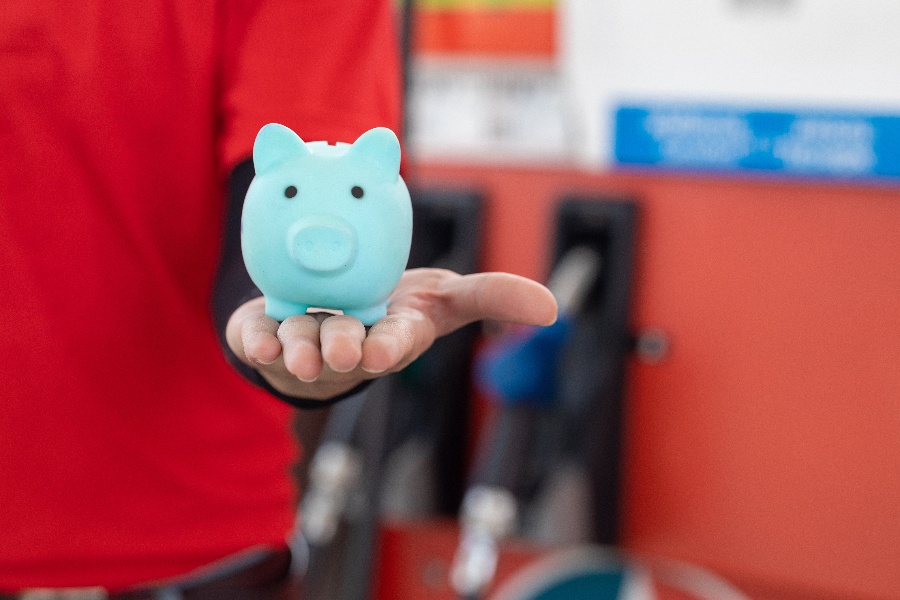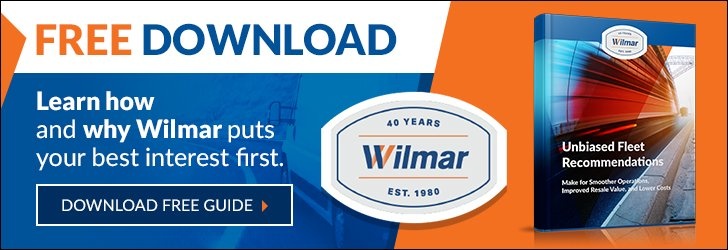
A negative fuel economy affects your business' profit margin. How then can you modify a car to save fuel?
There are myriad ways to reduce fuel consumption with fleet management. Still, adjusting your vehicle remains the most efficient method to improve fuel economy.
Understanding Fuel Consumption
Fuel consumption is measured as a ratio of the distance traveled per unit of fuel used. It is affected by the engine, wheel contact, weight, aerodynamic drag, and general vehicle maintenance.
Car Parts That Can Be Modified for Fuel Economy
1. Mass Airflow Sensor
Central to your vehicle's fuel efficiency is how the internal combustion engine of your car balances air and fuel in its cylinders. If the MAF sensor malfunction, the internal combustion is jeopardized, and as such, the fuel injection is inefficient. It would be advisable to replace the sensor with either the cheaper aftermarket sensors or an OEM sensor that fetches a higher price.
2. Oxygen Sensor
An oxygen sensor monitors the efficiency of combustion within the engine. With higher mileage in your fleet vehicles, the oxygen sensor will deteriorate, necessitating its change every 100,000 miles. Additionally, ask your mechanic to install the sensor behind the catalytic converter to ensure more efficiency.
3. Engine
The engine can be tuned for both performance and fuel economy. Consistent maintenance of the machine ensures that the engine control unit sends sufficient fuel into the cylinders, therefore proper fuel consumption. It is advisable to invest in real-time engine monitoring through onboard diagnostics technologies. This tracker is helpful since the driver gets instant feedback on fuel economy, which informs their driving.
4. Aerodynamic drag
Aerodynamic drag refers to the square of the velocity and therefore the power needed to overcome air's resistance. For your fleet, consider going for vehicles that are less boxy in shape. A car that is more streamlined will allow more effortless airflow and, as such more fuel economy. Remove roof racks and replace a broken or missing front air dam, making the vehicle more fuel-efficient.
5. Tires
Wheels and wheel contract on the ground affects fuel consumption. When you choose wheels with a larger width, the vehicle will have more significant contact with the environment. This larger surface area, in turn, means that there is greater friction and thus less fuel economy.
Additionally, consider keeping your tires inflated to the proper air pressure level to enhance fuel economy further. Consider purchasing street tires for your vehicle as tire treads impact fuel consumption. The lesser the resistance on the road due to deep-set tracks, the higher the fuel economy.
Alternative Approaches to Fuel-Saving
- Replace damaged, loose, or missing gas caps to prevent vaporization of gallons of gas.
- Fill up your vehicle only when the fill nozzle is set to the lowest possible setting. This will prevent any backsplashes or overfilling.
- Replace worn spark plugs to avoid misfires which waste fuel even further.
- Change the motor oil to reduce engine friction.
- Clean your air filters of dirt, dust, and bugs that would otherwise block the air from the engine.
- Install vacuum gauges for instantaneous monitoring of the manifold vacuum.
- Constantly check on the grounding cables to ensure that they do not wear out, loosen, or increase resistance.
Concisely, fuel economy does more than save you hundreds of dollars. It reduces the wear on your vehicle while cutting on driving emissions thus reducing the ecological footprint of the business.
However, keeping up with your fuel economy can be gruesome, especially when you lack the expertise and the time. Call on Wilmar, Inc. for your Day-To-Day Support and let us manage your fleet for efficiency.








